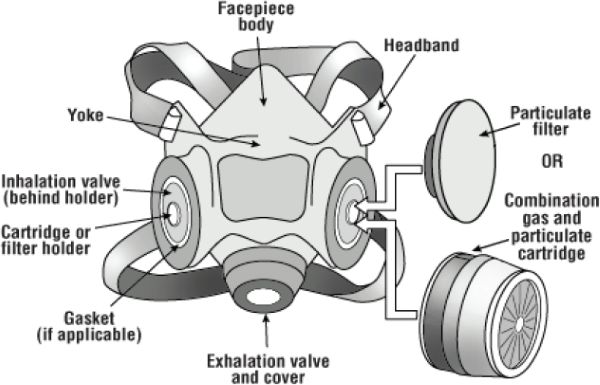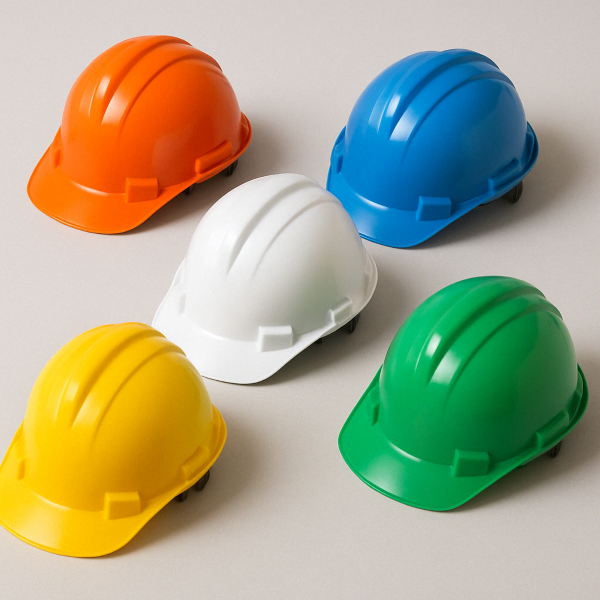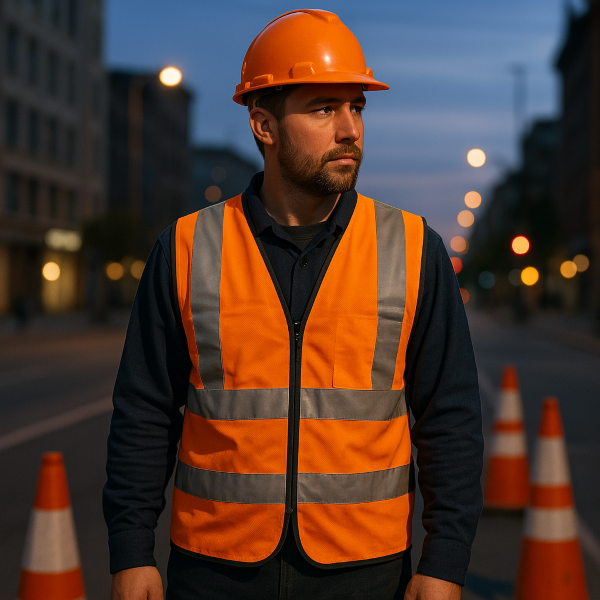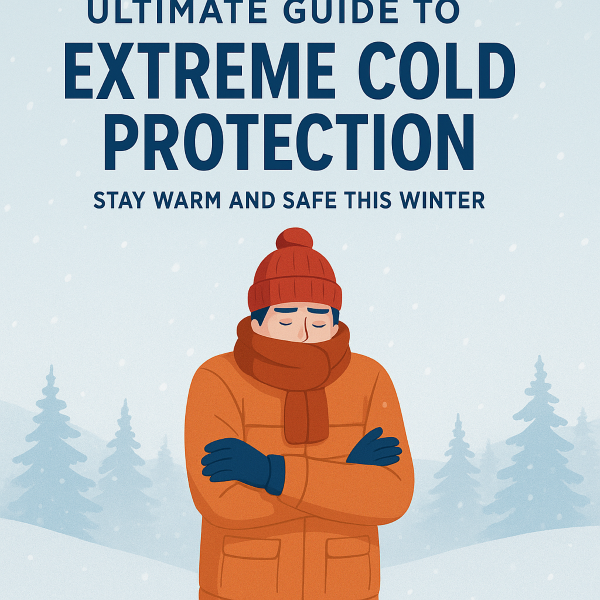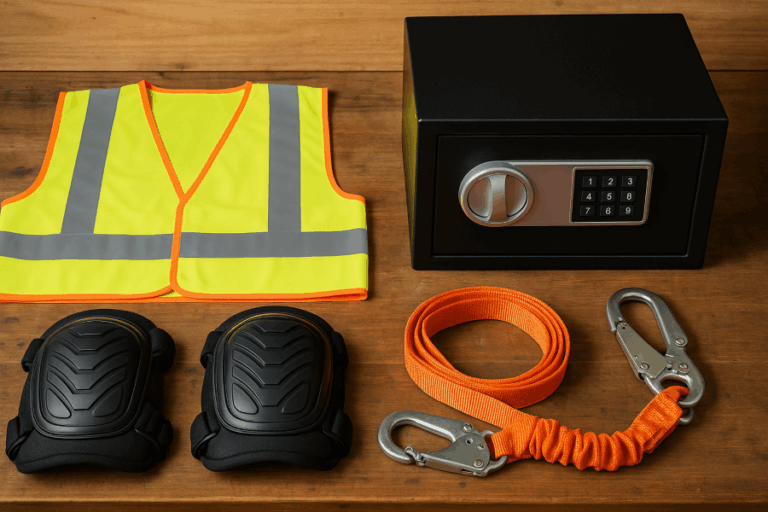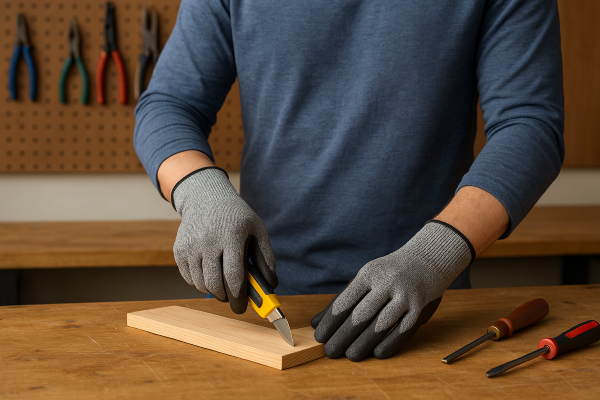Best Ear Protection for Noisy Environments: Ear Muffs vs. Earplugs
Working on a construction site, operating heavy machinery, or simply using power tools at home, protecting your hearing should be a top priority.
Prolonged exposure to loud noise can lead to irreversible hearing loss—and that’s where high-quality ear protection comes into play. But which option is better for you: ear muffs or earplugs?
In this guide, we’ll break down the best ear protection gear available today, compare ear muffs and earplugs side-by-side, and help you choose the right product based on your needs. Let’s safeguard your hearing—because once it’s gone, there’s no getting it back.
1. Why Ear Protection Matters
Noise-induced hearing loss (NIHL) is a serious and often irreversible condition that affects millions of workers worldwide. Any sound above 85 decibels (dB)—common in construction zones, factories, and even lawn mowing—can cause damage with prolonged exposure.
Ear protection devices help reduce the intensity of sound that reaches your inner ear, significantly lowering the risk of hearing impairment. Whether you prefer ear muffs or earplugs depends on comfort, environment, and noise level.
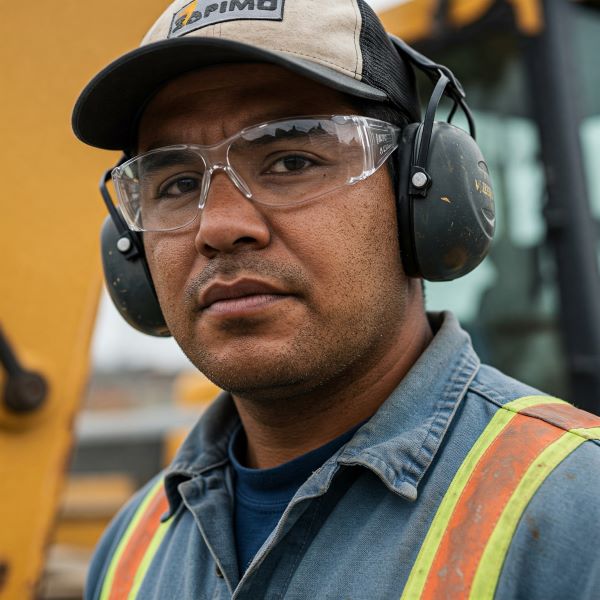
Ear Muffs: Features, Pros & Cons
Ear muffs are over-the-ear protectors that cover your entire ear to block out noise. They’re commonly used in high-noise areas and are ideal for intermittent exposure.
✅ Key Features:
- Noise Reduction Rating (NRR): Typically ranges from 22 to 31 dB
- Adjustable Headband: Fits different head sizes
- Padded Cushions: For long-term comfort
- Electronic Models: Some include Bluetooth, sound amplification, or radio
👍 Pros:
- Easy to put on and remove
- Good for cold weather
- Durable and reusable
- Compatible with helmets (in some models)
👎 Cons:
- Bulkier than earplugs
- Can be uncomfortable in hot weather
- May interfere with eyewear or helmets
Earplugs: Features, Pros & Cons
Earplugs are small inserts made of foam, silicone, or rubber that fit inside the ear canal. They’re especially useful for continuous noise exposure or for wearing under helmets and safety gear.
✅ Key Features:
- NRR Range: Usually 22 to 33 dB
- Disposable or Reusable: Choose based on hygiene or cost
- Custom Fit: Moldable or pre-shaped options available
- Compact Size: Easily fits in pockets or kits
👍 Pros:
- Lightweight and discreet
- Great for hot environments
- Lower cost (especially disposables)
- Often more effective at sealing sound
👎 Cons:
- Require proper insertion for max protection
- Not ideal for people with ear infections
- Can be easy to misplace or lose
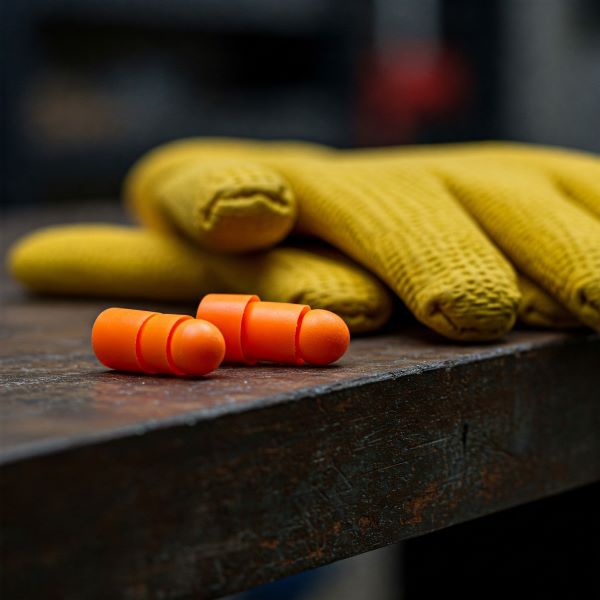
Which One Works Best Where?
| Environment | Recommended Gear | Why It Works |
|---|---|---|
| Construction Sites | Ear Muffs | Easy to remove between tasks, helmet-friendly |
| Metal Workshops | Earplugs | Compact, heat-resistant, no interference |
| Lawn Mowing | Ear Muffs | Comfortable for extended use |
| Shooting Ranges | Ear Muffs + Plugs | Dual protection for peak noise |
| Industrial Factories | Earplugs | Continuous protection in loud environments |
Top Picks for Ear Protection
| Product | Type | NRR (dB) | Key Features | Best For |
|---|---|---|---|---|
| 3M Peltor X5A | Ear Muff | 31 | Over-the-head design, high attenuation | Heavy machinery |
| Howard Leight Impact Sport | Ear Muff | 22 | Electronic, folding, stereo input | Shooting, workshops |
| Mack’s Ultra Soft Foam | Earplug | 33 | Super soft, disposable | Sleeping, factories |
| Etymotic ER20XS | Earplug | 20 | Reusable, flat response for musicians | Concerts, events |
| Radians Custom Molded | Earplug | 26 | DIY moldable fit, reusable | Personal use, sports |

Safety Tips for Using Ear Protection
To maximize the effectiveness of your hearing protection:
- Check NRR ratings: Higher NRR means better noise reduction.
- Ensure proper fit: Earplugs must be fully inserted, and earmuffs should seal tightly around ears.
- Keep them clean: Regularly disinfect reusable items to prevent infections.
- Replace when worn out: Foam plugs should be discarded after use; muffs should be inspected for wear and tear.
- Combine for extreme noise: Use both earplugs and muffs in ultra-loud environments like gun ranges or aircraft maintenance.
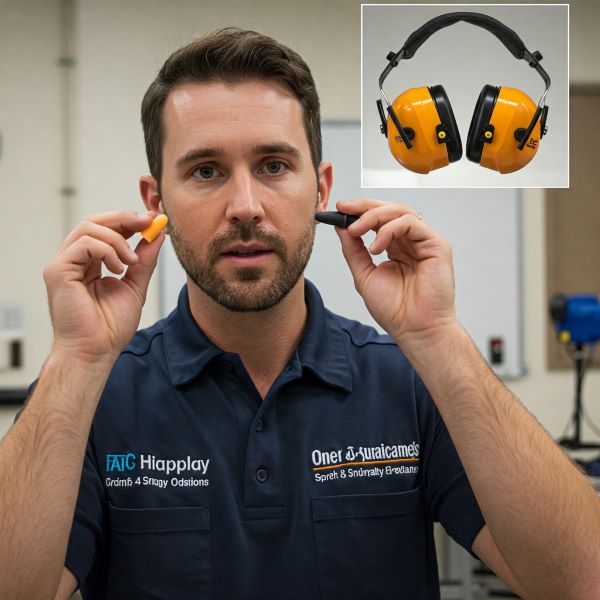
Final Thoughts
When it comes to protecting your hearing, there’s no one-size-fits-all solution. Ear muffs offer convenience and durability, while earplugs shine in comfort and portability. For most professionals and DIYers, having both options in your safety kit provides the flexibility needed to tackle various noise conditions.
Choose based on your work environment, comfort preferences, and protection requirements. Invest in quality gear now—because hearing protection isn’t optional, it’s essential.

